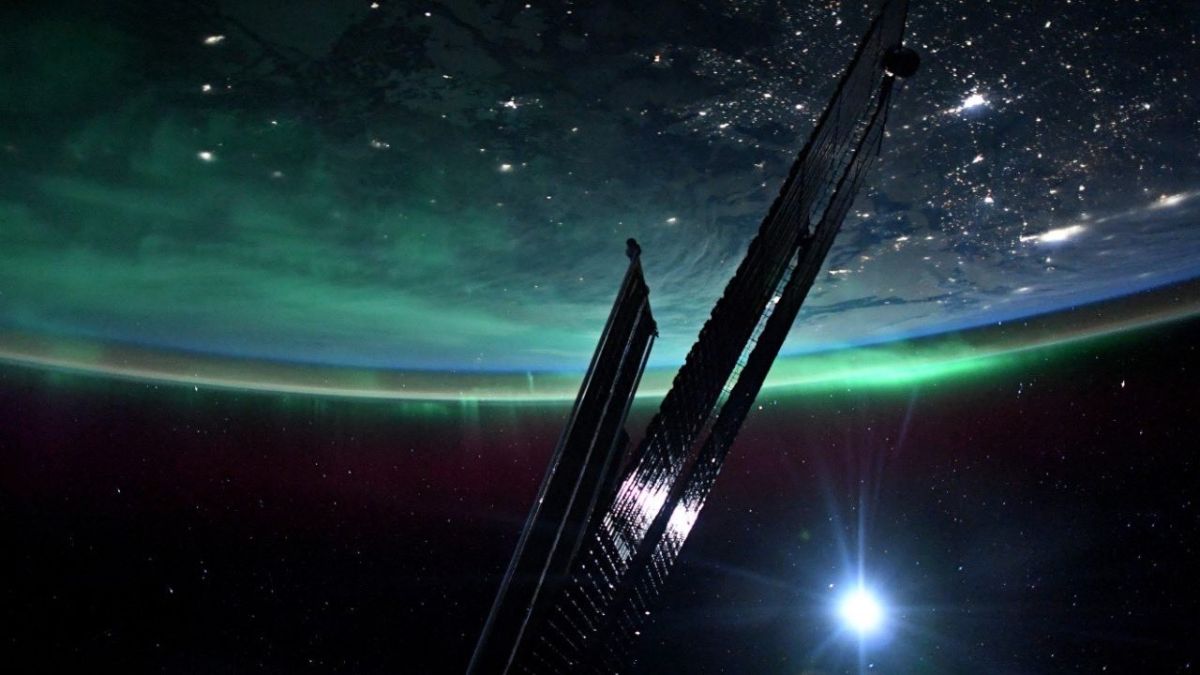
When seen from Earth, auroras are nothing short of dazzling. But it takes an astronaut’s-eye view to truly appreciate how vast and spectacular these light shows really are.
“Absolutely unreal,” NASA astronaut Josh Cassada tweeted (opens in new tab) Feb. 28 alongside a gorgeous photo of green auroras swirling around Earth’s far northern latitudes. Cassada snapped the image from the International Space Station, which orbits about 250 miles (400 kilometers) over Earth on average.
While the ethereal green glow will look familiar to anyone who has seen an aurora in pictures or in person, Cassada’s unique vantage point reveals just how incredibly far-reaching the phenomenon can be, stretching for hundreds to thousands of miles around the planet’s poles.
Absolutely unreal. pic.twitter.com/pah5PSC0blFebruary 28, 2023
Auroras, also known as the northern lights when seen in the Northern Hemisphere, occur when charged particles emitted by the sun slam into different molecules in Earth’s atmosphere. The solar particles ionize those molecules, or remove electrons from them, causing the molecules to glow. Ionized oxygen molecules emit the fluorescent greenish light we see most commonly from auroras; nitrogen molecules emit red or pinkish light, while hydrogen and helium molecules release blue and purple light, according to the Canadian Space Agency (opens in new tab).
The phenomenon is seen most often at high latitudes, as charged solar particles tend to zoom along Earth’s magnetic field lines, which terminate at the North and South poles. However, when the sun belches an exceptionally big blob of plasma called a coronal mass ejection (CME) our way, it can result in bigger, more widespread auroras appearing at much lower latitudes than usual.
The sun has been particularly temperamental lately, with two CMEs slamming into our planet on Feb. 26 and Feb. 27, according to Live Science’s sister site Space.com (opens in new tab). This sudden influx of charged particles likely fueled the vast aurora that Cassada saw from space.
CMEs become more common as the sun approaches the peak of its 11-year activity cycle, which is currently estimated to occur in 2025. Solar activity has ramped up significantly in the past several months, with powerful solar flares firing off of our star’s surface every few days. They are harmless to humans, for the most part. But exceptionally strong CMEs can damage satellites, trigger radio blackouts and even cause power grid failures on Earth. Scientists constantly monitor the sun for signs of such ejections. Sometimes, they see the sun smiling back.





